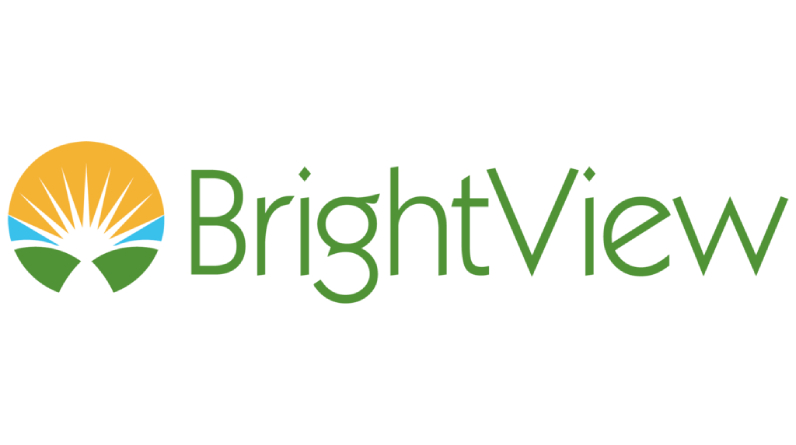When the COVID-19 pandemic and subsequent response occurred, telehealth was already being used by BrightView Health, a behavioural health facility that specialises in addiction treatment and substance abuse. Telehealth was being heavily utilised by the organisation between its many offices.
THE ISSUE
However, BrightView lacked a safe means of real-time or delayed communication with patients.
So, the pandemic and lockdowns created some potential gaps in access to care that we needed to predict and fill, said Navdeep S. Kang, PsyD, chief clinical officer at BrightView Health and fellow with the Obama Foundation. To implement safe communication, we investigated a number of options.
In order to provide group services, the team “was particularly interested in technology that would allow us to do one-to-one visits that we could sequence with a waiting room functionality that enables members of the care team to go in and out of patient visits,” he explained. Furthermore, it was important that the solution be user-friendly for the patients. This means that the technology must be compatible with the mobile devices of both staff and patients.
Some patients had trouble getting where they needed to go because of the pandemic, as the response to COVID led to a reduction in other services that typically helped patients get around, such as fewer available Uber rides or taxis.
Also, this further restricted their access to care and hampered their ability to complete their treatment plans.
Kang elaborated, “We needed to do something new, something we hadn’t done before, which would enable secure and seamless telehealth while ensuring access to and retention of care, while reducing risk to patient engagement.” “Duration matters in behavioural health and addiction treatment, so we needed to keep the connections going,” she said.
PROPOSAL

It had been two or three months since BrightView started using telehealth. It was pushed out to the team and used to motivate them to reach out to the patients who couldn’t leave their homes, but it had limited functionality and was more of a survival tactic to get things up and running.
The company, according to Kang, kept trying new platforms before settling on one that would allow for more careful consideration and investigation. He stressed the importance of having a system that was both HIPPA-compliant and simple for any patient to operate.
He explained that the team chose this particular vendor because of the special features offered by their chosen method of communication, DrFirst’s Backline. In addition, we appreciate its compatibility with our Meditech electronic health record system.
The admission-discharge-transfer feed has been “essential” in allowing “licenced clinical resources who are usually tasked with pulling a patient’s clinical information” to instead focus on “patient care,” he said.
Kang described the new technological setup as magical, but he also said that the staff should have high expectations for behavioural health, which lags behind the rest of healthcare in technological advancements.
“Technology that does all the functional ADT processes and is integrated with our EHR allows us to pull patient information directly in,” he explained.
CONQUERING THE OBSTACLES
Although doctors typically see patients in person, the counselling and nursing teams make greater use of Backline. But both teams can use the technology to communicate with the patient either outside of their typical medical visit cadence, or in between for counselling. Counseling sessions occur once every week if the patient is seeing the medical staff every other week.
Also Read : 5 lifestyle modifications to maintain a happier healthier body mind and soul in 2023
Patient use of the platform is not limited to the time spent in the doctor’s office, Kang emphasised. If their counsellor can still provide the service virtually, they won’t have to worry about finding a ride, using their insurance, or asking a neighbour to watch their children.
“We also have an opioid treatment programme where we provide medication to the patient,” he continued. “And the nursing team does patient education – how to properly store and use medication, how to keep it safe. In addition to providing in-person education and counselling about infectious diseases, they can do so as efficiently and effectively via technology.
RESULTS

In other words, BrightView has not separated its data into those who have and have not used Backline. Nonetheless, it does have a powerful outcomes dashboard for monitoring long-term patient development.
Since adopting Backline in 2020, “our telehealth visit and chat metrics do reflect the increased level of interaction between care teams and patients,” Kang reported. For instance, as of the end of November 2022, we had already logged over 1,300 telehealth visits, which is more than twice as many as we did in all of 2021. In 2021 and 2022, we will record over 150,000 chat feeds.
He went on to say that thanks to Backline, the organisation was able to reach more people and more neighbourhoods than ever before, improving patients’ access to outpatient care.
SUGGESTIONS FOR OTHERS
Kang urged, “You must keep in mind the ultimate objective.” I was wondering why you felt the need to implement this technological change. A few things can occur in the absence of intent. One, you have a bunch of technology that you throw at your staff and at your patients, and that just leads to inadequate adoption, and wastes a lot of energy and money.
In order to succeed, “you need to be clear on your needs and what you want to accomplish,” he explained. The next step is to learn the specific strengths of each available technology so you can choose the best one to meet your needs. To what end are you working? Put it like that.
Make sure your team has ample time to thoroughly evaluate the functionality, and then choose the provider who best meets your needs, whether you go the formal RFP route or not.
To hear it from the people who will be using the product, “recruit volunteers to do testing,” Kang advised. “Also, when you’re training staff on the new technology, whether you’re talking to the staff or to the patients, make sure the value proposition is clear.
He finally asked, “Why should we use this?” What effect will it have on medical attention? Practicing clinicians prioritise patient health, as well as cost-effectiveness and high standards of care. Similarly, patients care deeply about these issues. Tell them exactly what the new gadget can do and how it will benefit their work.

